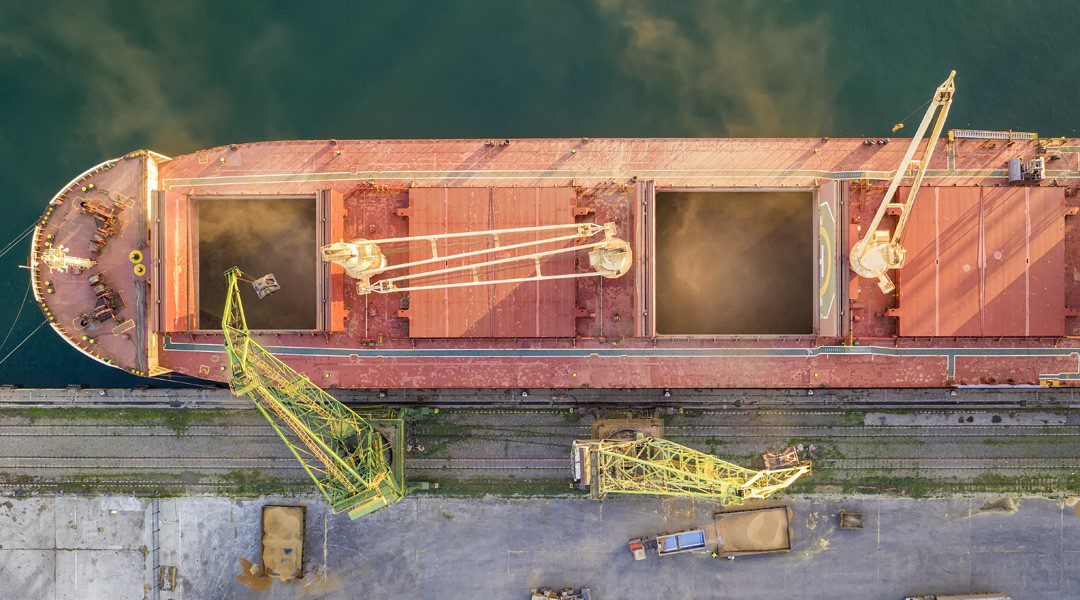Announcing a new Insight Brief prepared by UMAS Director Tristan Smith on behalf of the Getting to Zero Coalition, the Global Maritime Forum says that “shipping’s whole value chain needs to understand the opportunities and risks” that are included in aligning with a 1.5-degree pathway.
Net Zero 2050 and 1.5 alignment
According to the brief, there are two reasons that a potential target of net zero by 2050 should not be seen as equivalent with a 1.5 degree-aligned target.
#1 Net zero by 2050 expresses nothing of the pathway between now and 2050: As Mr. Smith explains, it implies significant reductions between now and then, but the ‘shape’ of the CO2 pathway is not defined. Temperature rise is proportional to the cumulative emissions e.g. the sum of anthropogenic emissions occurring between pre-industrial ages and the points at which they reach net zero.
The IPCC investigates myriad pathways and models on behalf of UNFCCC, and from these the expression for 1.5-alignment used in its advice to policymakers estimated pathways of CO2 reduction that became more commonly referred to as “approximately halving of GHG emissions by 2030, net zero by 2050”. Only pathways that achieve that, or an equivalent amount of cumulative emissions between now and 2050, are 1.5-aligned in the eyes of /IPCC.
#2 Net zero, in international climate policy, is an application of the concept under which any country can reduce emissions both by reducing emissions from things that put GHG in the atmosphere (sources) and by increasing deployment of things that ‘suck’ GHG out of the atmosphere (sinks):Generating power from biomass and burying captured CO2 underground is a sink; planting more trees (afforestation) is a sink. These are options that make sense for countries and the companies they regulate, who can access land on which they can grow biomass and under which they can store CO2.
Shipping as a sector does not have sinks, only sources. Thus it is not clear how the ‘net’ in ‘net zero’ can be applied to international shipping. At a sectoral level it must imply the option to offset – to purchase credits of negative emissions from countries to counter ongoing positive emissions from ships.
Risks in the industry’s response
The brief continues that a natural response to an evolving political expectations and requirements from the IMO “is to shelter in ambiguity – to adopt language and commitments that convey high levels of ambition but leave room to manoeuvre in practice.”





